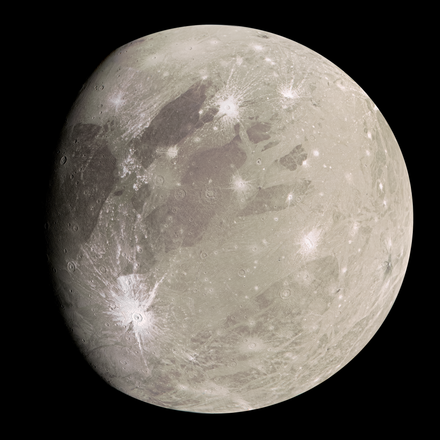
Some of the most well known moons in our Solar System, aside from our own, are Jupiter’s Moons. They are known as Io, Europa, Ganymede, and Callisto. However, there are over 170 known moons that orbit all of the Jovian Planets. Jupiter and Saturn both have over 60 each that range greatly in size, and Ganymede and Saturn’s moon Titan are both larger than the terrestrial planet Mercury. The compositions, however, between the terrestrial planets and Jovian moons are very different. The moons contain a lot more ice than the planets, in addition to metal and rock. This is because they formed farther away from the Sun. It is also widely believed that they formed by accretion within the disks of gas that surround each of the giant Jovian planets. This would explain why they orbit in the same direction as their planet’s rotation.
Some of Jupiter’s moons are surprisingly geologically active! Io specifically is volcanically active, even more so than any other celestial object in our solar system. The surface of the moon is so young due to the constant repaving with lava that we cannot find any evidence of any impact craters. The volcanoes are similar to those on Earth and produce outgassing just like on our own planet. This is what makes Io one of the most interesting moons that we have studied, and why it shatters the common idea that all moons are barren and geologically dead.















